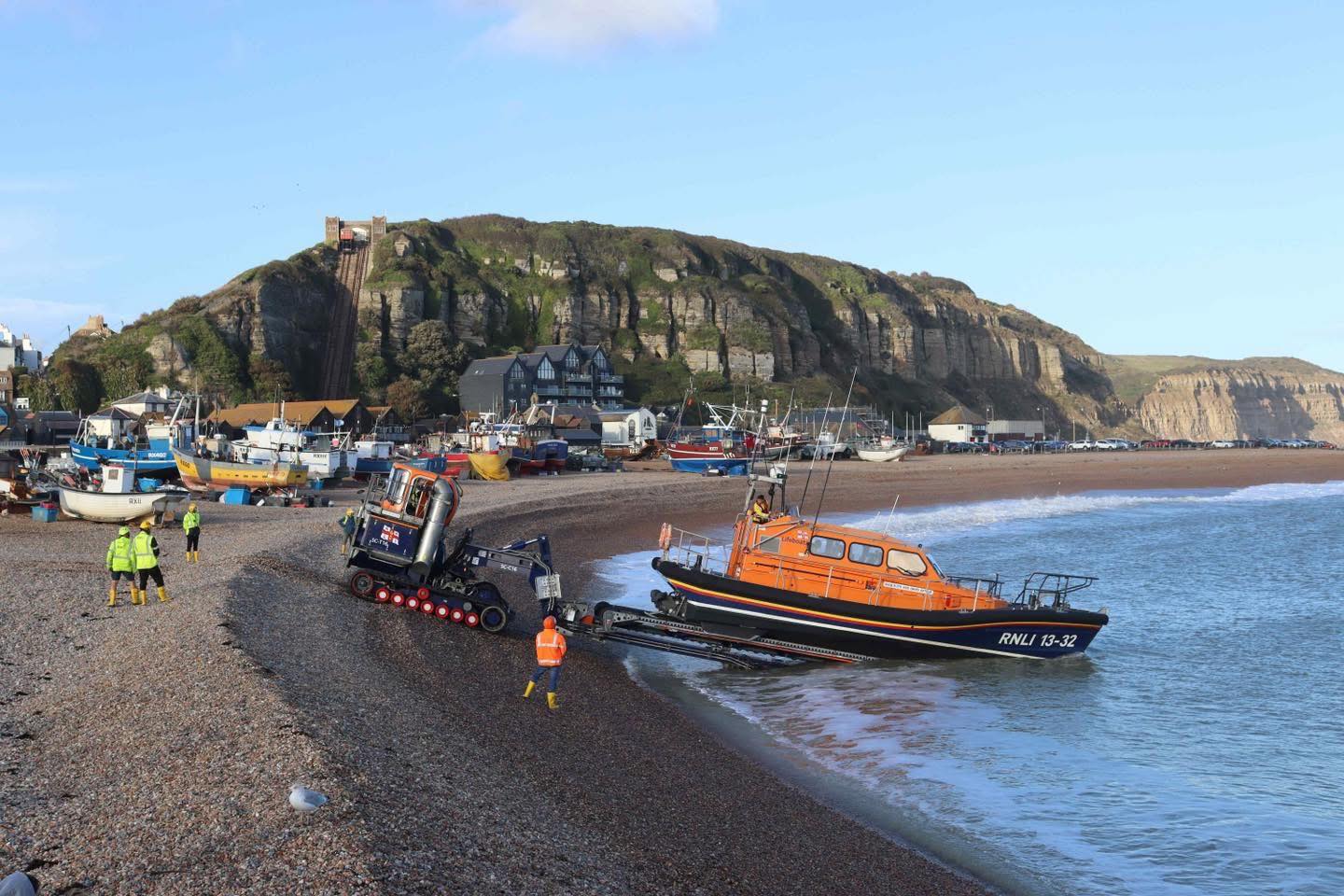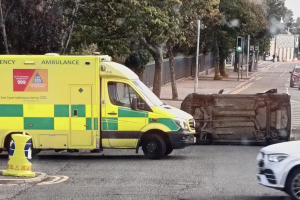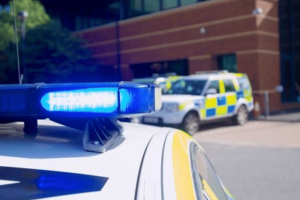Hastings is set for a slick upgrade with a new Mk 4 Atlantic 85 inshore lifeboat arriving in 2027. The RNLI is shaking up its fleet to keep pace with the changing nature of sea rescues across the UK and Ireland.
Shannon Class Makes Way for Agile Atlantic 85
The new lifeboat will replace the Shannon class all-weather vessel Richard and Caroline Colton, which has served Hastings since 2018. The swap reflects a shift in rescue patterns, as more incidents now happen closer to shore. With paddleboarding, open water swimming, and other water sports booming, the RNLI needs craft that can handle these near-shore emergencies fast and effectively.
Built for Tough Conditions and Quick Response
Craig Maltby, RNLI area operations manager, said:
“We are committed to supporting Hastings through this change. We are confident the Mk 4 Atlantic class lifeboat is the most suitable asset to serve this area of the coastline. We acknowledge the generosity of the local community at Hastings, for which we are incredibly grateful. We hope that their support will continue as we adapt our lifeboats around the coast of the UK and Ireland to the changing nature of lifesaving.”
The Mk 4 Atlantic 85 is designed to punch above its weight. It can operate close to cliffs and rocky shores and survive near-gale force winds—up to force 7 by day and force 6 at night. This craft significantly enhances safety for both crew and casualties alike.
Part of a Nationwide RNLI Fleet Overhaul
Hastings isn’t alone in this transition. By 2027, 20 out of 238 lifeboat stations will switch vessels to better meet local rescue needs. Along with Hastings, stations at Ilfracombe and Lytham St Annes will also trade in their Shannon crafts for Atlantic 85s.
RNLI Chief Executive Peter Sparkes commented:
“For over 200 years, the RNLI has been a charity with a simple mission – to save lives at sea. Clear evidence shows the nature of lifesaving is changing, at a time when demand for our vital service is increasing. We must respond to this.
“If the RNLI is going to save even more lives, our lifeboat and lifeguard services must continue to adapt to these changing needs. We have a responsibility to spend our donors’ money where it will best meet the evolving demand. Our lifeboat fleet strategy ensures that the decisions we make today will set us on a sustainable trajectory, providing a future-fit, safe, and effective lifesaving service.”
The RNLI stresses this isn’t about cutting resources but about matching lifeboats to where they’re needed most, ensuring safer seas for all.







































